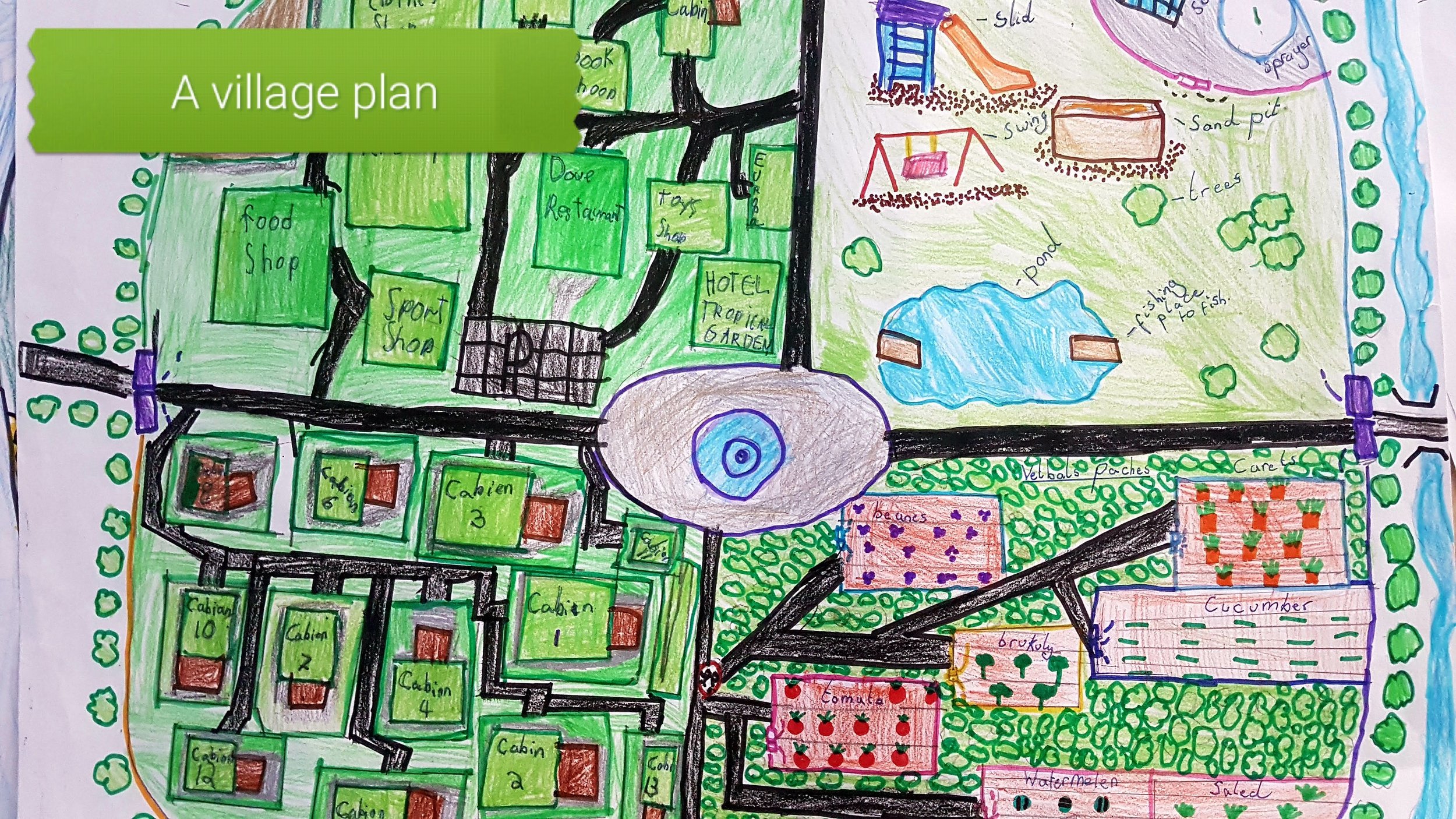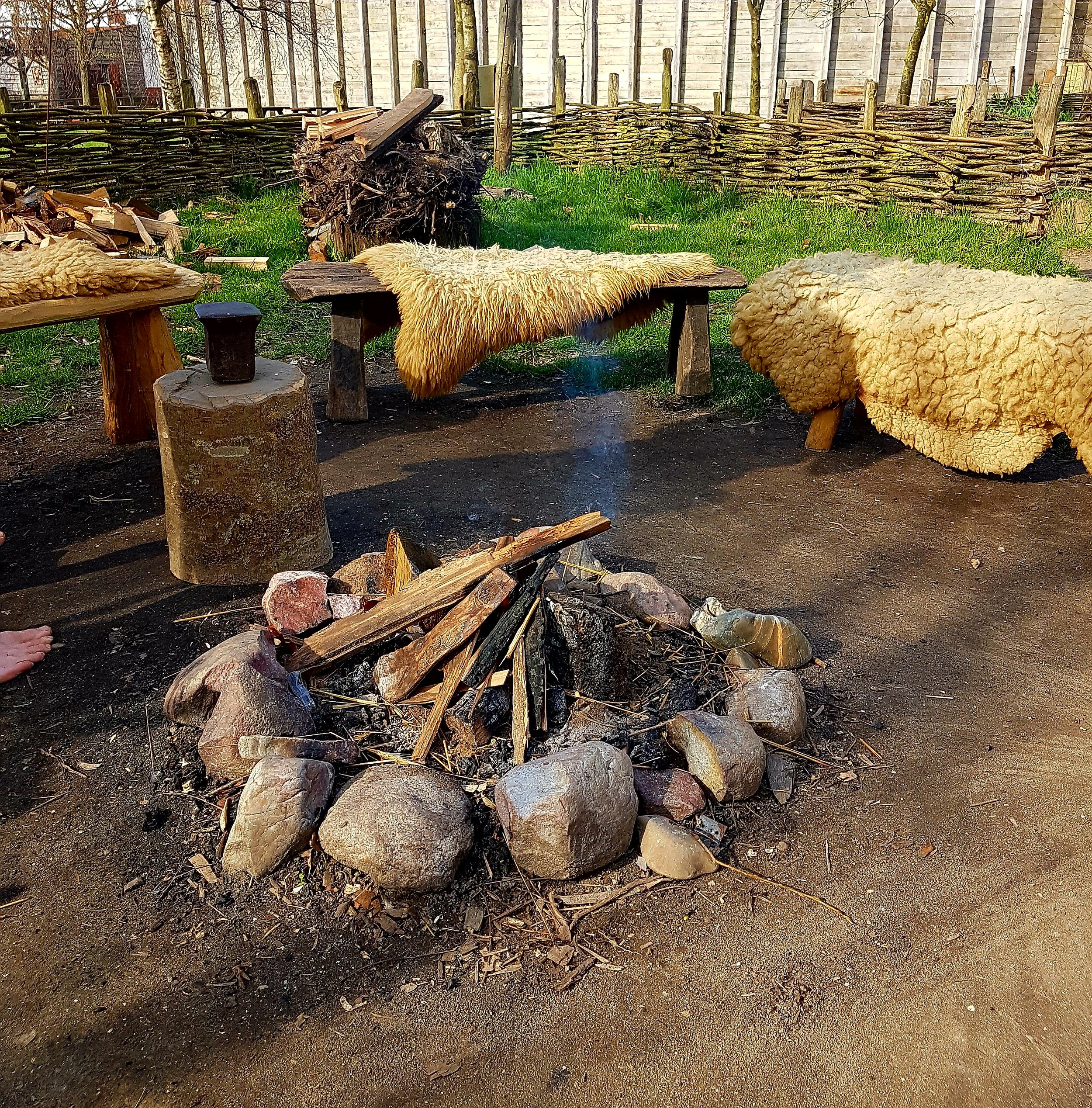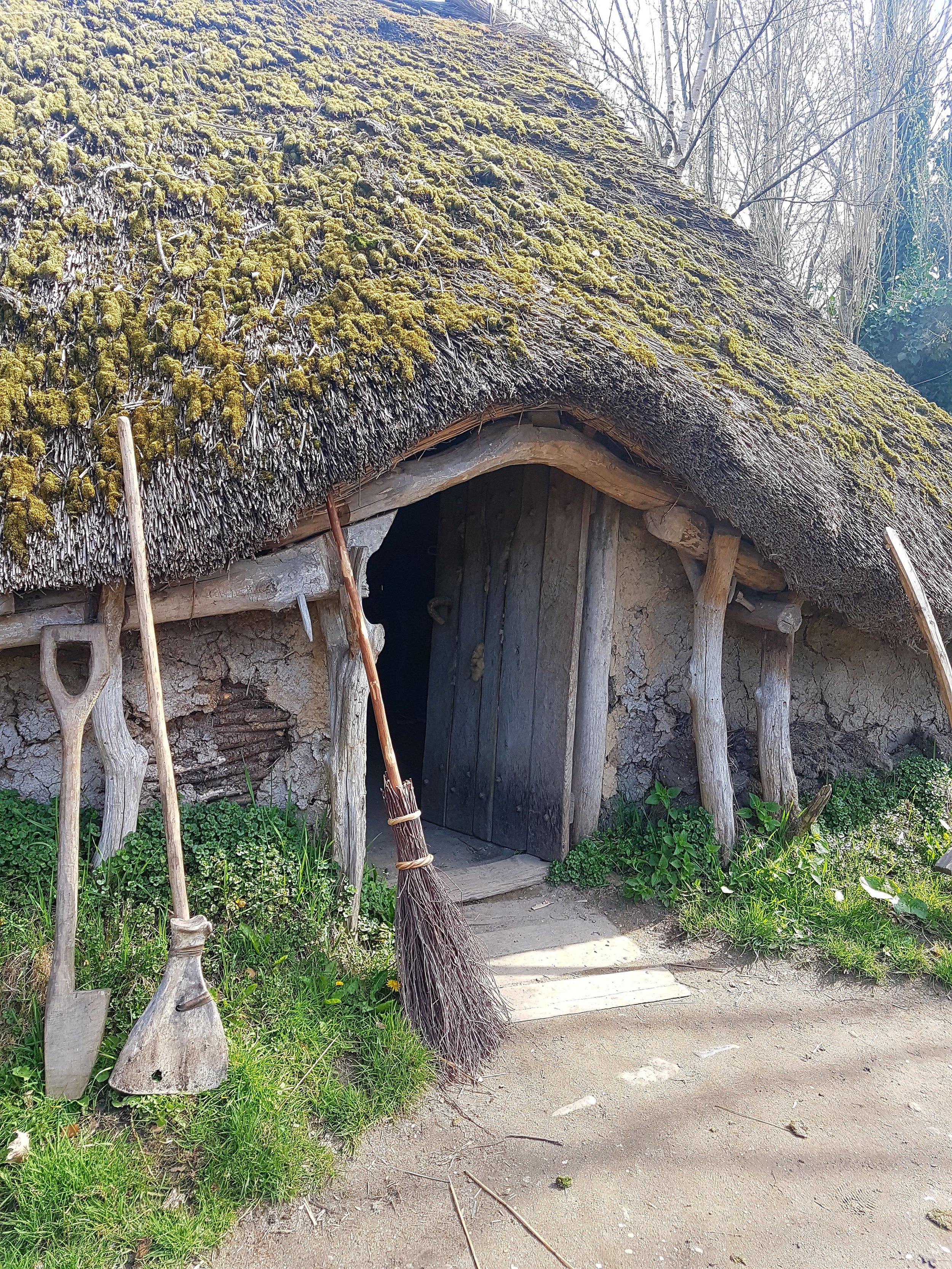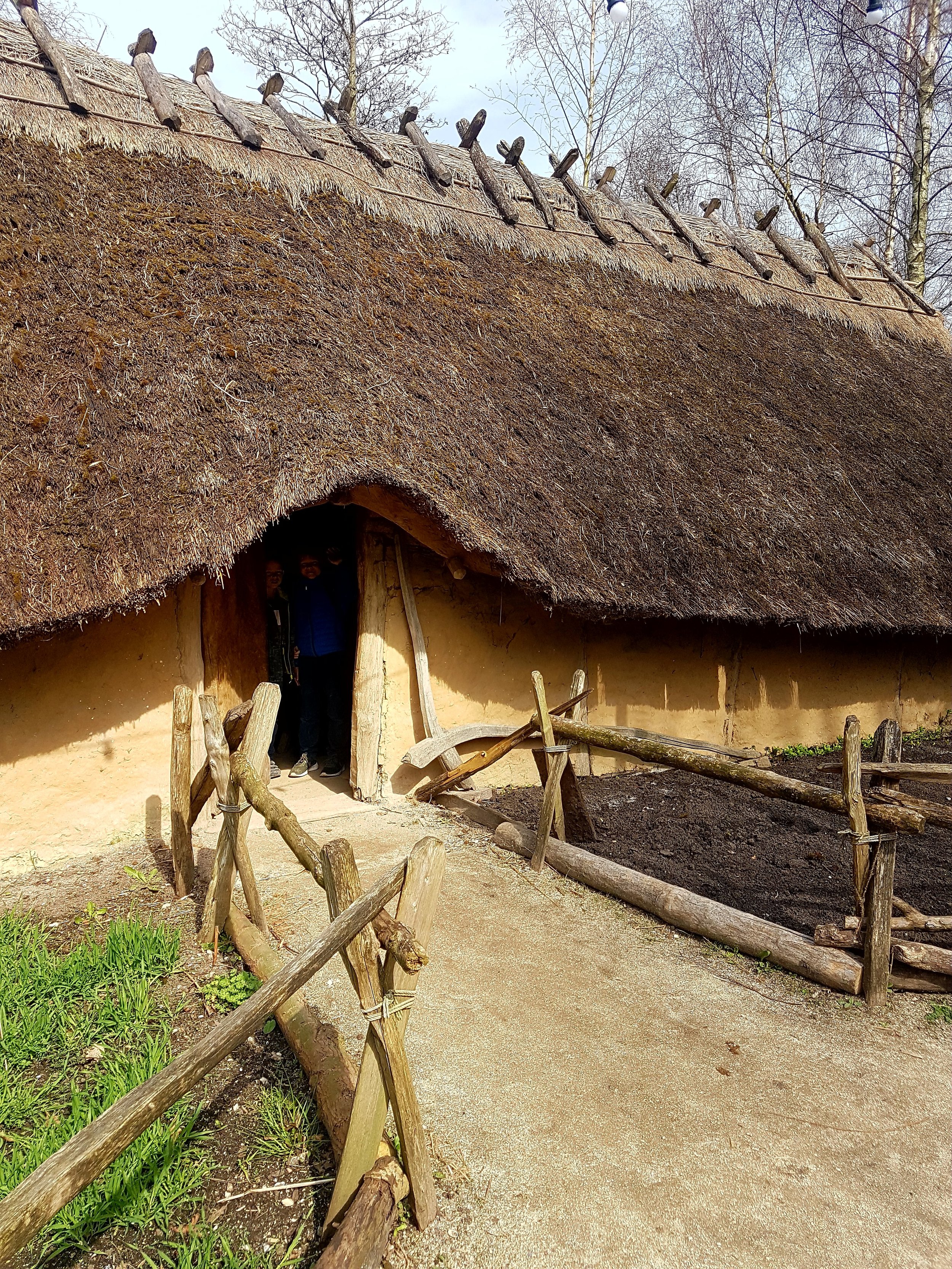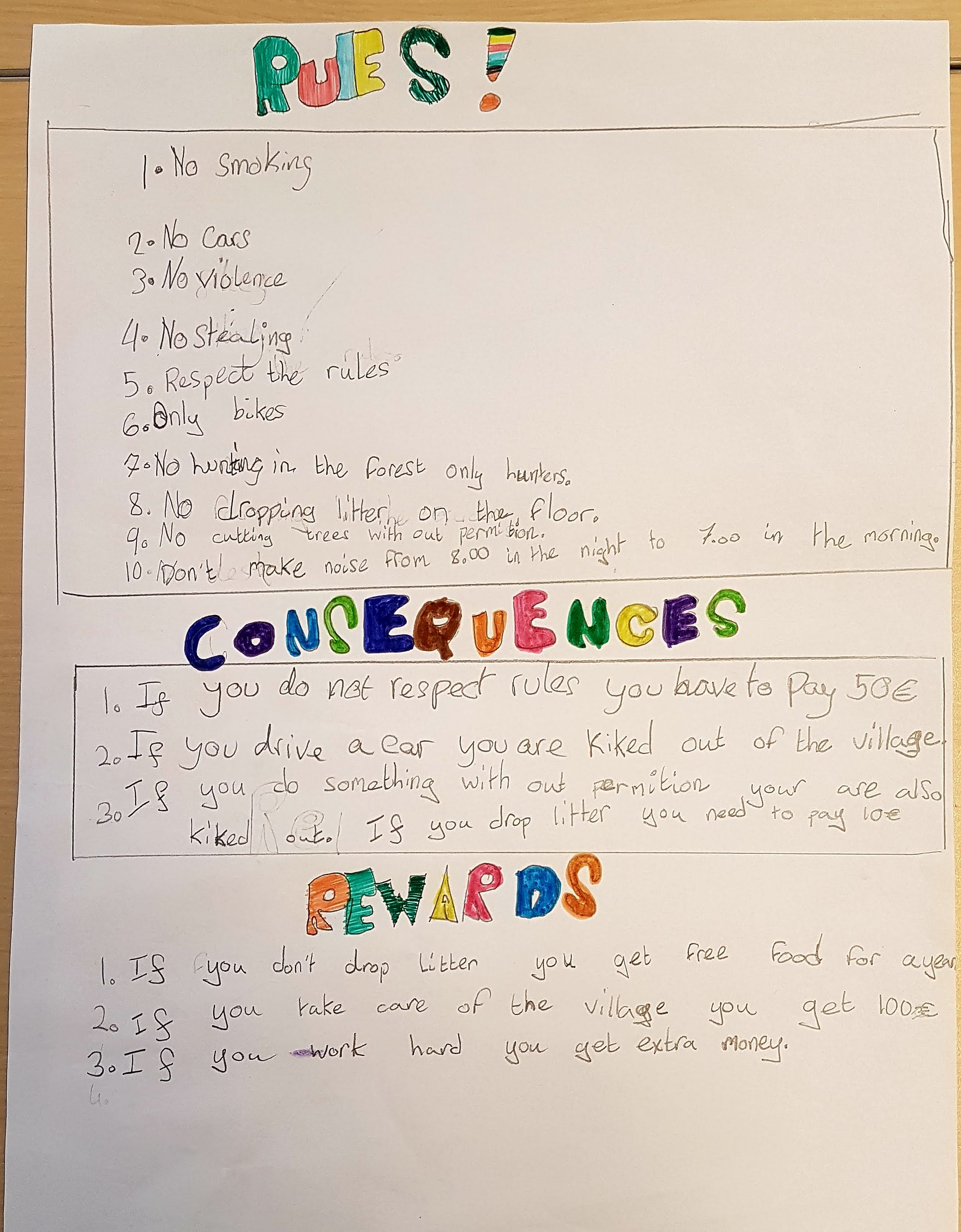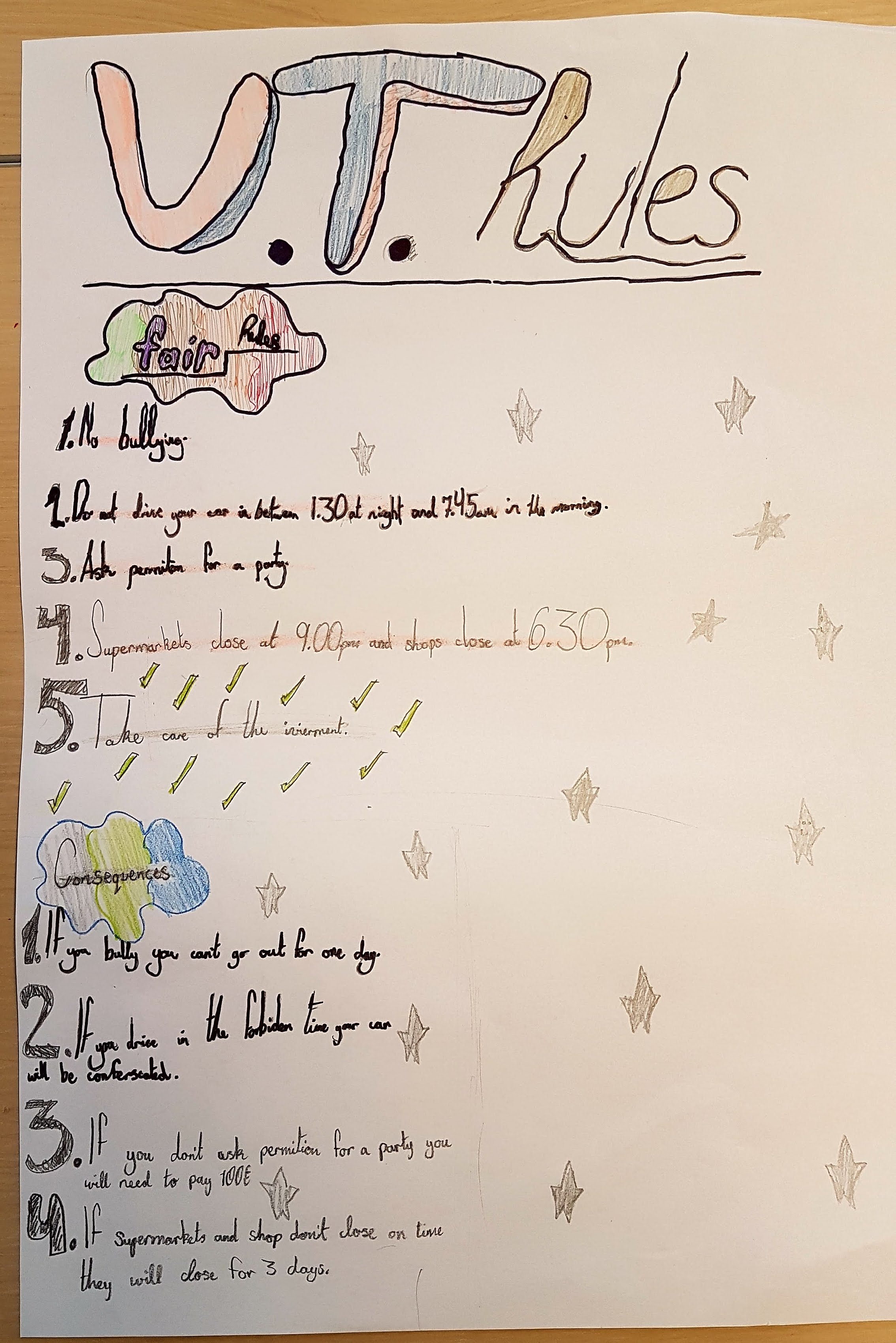A Sustainable and Self Sufficient place to live
Expansive Thinking - A creative approach
In pursuit of further developing creativity, I decided to present my class with another open-ended and creative task.
A task that would not only encourage the children I teach to work together, think expansively, but also build stronger levels of resilience and perseverance in order to reach and hopefully achieve a desirable goal.
Moments of reflection
At the turn of the year. I started to look closely at my life, in order to set myself some yearly goals.
This is something I always do and I has now become really important to me as a person. It not only emphasises the way that I think, but it also presents great opportunities to hopefully bring about change. Not only to my own life, but hopefully by doing my bit to influence others.
With those thoughts in mind. I'm no different from most other people out there. As a new year arrived, we continue to focus our minds on undertaking a fresh start. The chance to do something new and not 'rest on our laurels.' Setting ourselves exciting goals and challenges that will inevitably help shape us and hopefully develop us further, as human beings.
I believe...
If we take a good, hard look at ourselves and the wider world around us, there is still a great deal for us to work on and indeed change in this world. Not just in the way we think and approach life in general, but more importantly, recognising and highlighting the masses who continually still ignore what is going on around them and are perhaps unwilling to change their mindset and ultimately, their way of thinking. In order to hopefully make this world a better place.
Active learning
Research shows that the human mind needs to be continually stimulated and encouraged to grow through opportunities to learn and be continually fed appropriate and meaningful information. That enables us to learn from our own valuable experiences, acquire new skills and ultimately enable us to recognise and bring about positive change.
As a result, it is fair to suggest that if nothing changes, it could be concluded that this is always the way things have been, therefore I feel it definitely comes down to how you influence and present your ideas to your audience. Ultimately, you can either successfully stimulate and inspire through creativity or simply turn it off altogether.
My Job is to educate...
and continually lead by example. To hopefully bring about opportunities whereby the learning environment can be both a stimulating and inspiring. This overall vision and its delivery will hopefully lead and help all children as learners. Allowing them, to take risks, build confidence and establish greater levels of expansive thinking, both in the classroom and in the world beyond.
For the most part, I feel I do this pretty well, but even after all these years teaching, I'm continually correcting myself and learning from the mistakes I make. As I teach and influence active and inquisitive learners. Who are always keen and eager to fulfil their potential, by continually building upon their interests and enthusiasm.
Using my own experience
I'm an active learner, who during my younger years suffered from regular bouts of ADHD. This inevitably led me to become a troublesome and sometimes problematic learner. Who began to dislike the formal, old-fashioned approach to learning. Much preferring and responding to a more practical and creative approach.
As a result, my own educational experience has definitely helped to define the way I approach learning and ultimately changed the way I choose to educate others. I think it is called 'learning from your own experiences' and however many times I have heard this saying from the older generations. It has always been something I've continually brought to the forefront of my own mind and daily practice. Especially when I'm teaching at the front of the classroom.
Thankfully, this persistently resonates with my own style of teaching and I guess the personality I then bring into the workplace. I feel it becomes of great importance to continually promote a creative approach to learning and endeavour to find a well-balanced viewpoint. Whereby I'm continually doing my best to balance all the good stuff, with the boring stuff.
After ticking all the boxes and doing all the things that I have to do. I do feel it is very important to follow your passions and indeed satisfy curiosity within your learners. By providing exciting lessons and learning tasks, that will allow all children to acquire new skills and become more creative.
In turn, these key principles help form the basis of this new practical task. Which supported our topic on the Environment and Evironmental issues.
The Task
The task I set eventually set was pretty open-ended and for it to work effectively, I had asked my class to share their initial ideas with a working partner. This activity was designed so that all children were allowed to discuss their ideas and establish a greater understanding of what sustainability is? and what it is to be self-sufficient?
Of course, problems did arise, as some children found it tricky to quickly generate ideas quickly and without a great deal of prior knowledge. New ideas generally stem from an awareness of general or prior background knowledge. So, in order to help develop these ideas and then build upon what we already know. It was important to establish the building blocks first.
At first, we established what the words actually meant. We did this by showing two examples, taken from some inspiring Youtube clips, making written notes and then discussing the responses.
I personally really like Youtube and I find it is a remarkable teaching and learning tool. Among all the millions of videos, there is always an answer to every question and a wealth of amazing learning opportunities.
Browsing with suitable and appropriate keywords will always guarantee that someone, somewhere has previously produced something worthwhile seeing. Which can be used as an appropriate stimulus, in order to get your point across.
Opportunities to develop free thinking
To enable great learning opportunities and stimulate a class of free thinkers. I showed them some examples in written form. These were discovered from various sources from around the world and provided the class with the perfect opportunity to develop these ideas and then use the examples as an effective means of developing our own ideas further.
Through a series of discussions and collaborative learning tasks, the children soon began to generate great ideas and in turn established a strong zest for creativity and started to establish a greater understanding of what was required of them.
In order to make the task more challenging, I introduced a list of strict criteria. It highlighted a short list of key items that needed to be used, when the building would take place. All of the items in the list would be natural materials and they needed to be materials that could be predominately found close to the building area.
I wanted the chosen items to be sustainable and not simply items or materials that were man-made. Apart from the glass, which was needed for the windows. The rest of the items were salvaged from all around their local area and of course, deliver only by mother nature.
The Design stage
After talking about the task and looking at what was expected of them. My class then broke away into smaller groups to plan their ideas further.
At this point in proceedings, there were plenty of wonderful ideas, as the children approached the task with great enthusiasm and a great deal of interest.
After initial discussions, as a class and within small groups our designs then started off in their simplest form. With the use of paper and pencil methods, the children could draw out their ideas and then label their explanations.
All of the designs then evolved and began to incorporate some colours and great levels of detail. It was great to see how the children had interpreted the task and come up with some pretty unique and interesting ideas.
In order to fully explain their overall intentions, it was really important to share our ideas on paper and also explain what the materials would be used for. This approach worked really well and there was some great ideas circulating. Ideas that would hopefully start bringing the wonderful designs to life.
Another great design with some splendid and well thought out additions to the buildings.
A plan for the village
Once the children had worked through the initial design stage, designed and then explained how the houses might look. Carefully, they then expanded the thought process to encompass and explain their own ideas about what materials they might use and how they would be eventually implemented.
The children focused particularly on time management and efficiency and indeed thought through ways in which they could maximise their overall use of labour and began to measure this against their initial starting budget. Although using a pretty simple, they loved this real-life opportunity and loved the overall task, as they were not only working with imaginary budgets, but had to find appropriate ways of constructing a fully functional village, without spending a fortune on unnecessary items.
It was also really vital for them to have a working village that contained all the necessary amenities to function properly in a progressive and self-sufficient way. With that said, they designated areas and found ways to grow vegetables, preserve water and create energy.
Some of the ideas were really amazing and it was clearly apparent a huge amount of thought and interest went into making these villages a wonderful place to live.
In addition, the children began to draw maps of the villages from the perspective of being above. Furthermore, each group then gave a 5-minute presentation to verbally explain their overall intentions. This was really great to see, as the children were very articulate in their delivery and presented it with a great deal of passion and meaning.
Setting up rules for the village
To enable the village to function properly and have a greater sense of order. It was vitally important to talk about rules with the class and establish a starting point. Firstly, we established why we have rules in society and then identified the importance of establishing them within our own community.
During the moments of discussion, some of the ideas were impressive and the logic behind these thoughts, was inspiring. It was vitally important to establish rules that would be agreed by all members of the group/community and would be adhered too and respected time after time.
This was the main intention and by listening to others ideas, we could then move forward with our ideas. Once these were established the small groups then went away and wrote up some rules that would hopefully fit all of the appropriate criteria.
Pictures show some great examples from the Archeon Museum.
In conclusion
I have thoroughly enjoyed completing this particular topic and loved generating ideas through developing greater opportunities for more creative thinking. There is no doubt that it has been worthwhile for me as a teacher, but also for the pupils I teach. Allowing for unique opportunities to develop and enhance key learning skills, as well as take risks, by participating in something new and exciting.
Teaching through these types of methods really allows for new learning opportunities to take place and this supports good learning already taking place in class. It occurs by allowing children to actually enjoy their learning, by supporting and valuing a greater sense of ownership.
I have been delighted with the way the tasks have gone and seeing the number of happy faces, really speaks volumes.
Here are some great examples of the rules set out in the children's villages.
Next...
Prehistory... how design and make a Prehistoric cave.
You can read more of my Blog Posts by clicking below.
#adventurecalling
Remember... don't forget to check out David at Potty Adventures and Lauren at the Helpful Hiker.
The brains behind #adventurecalling
















